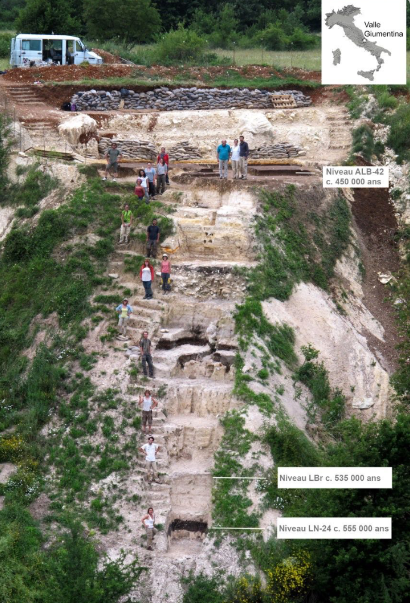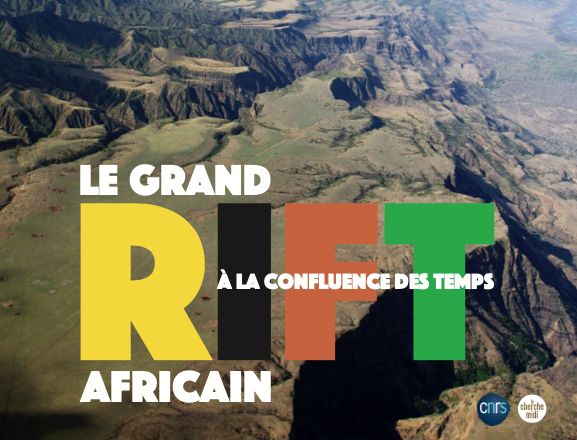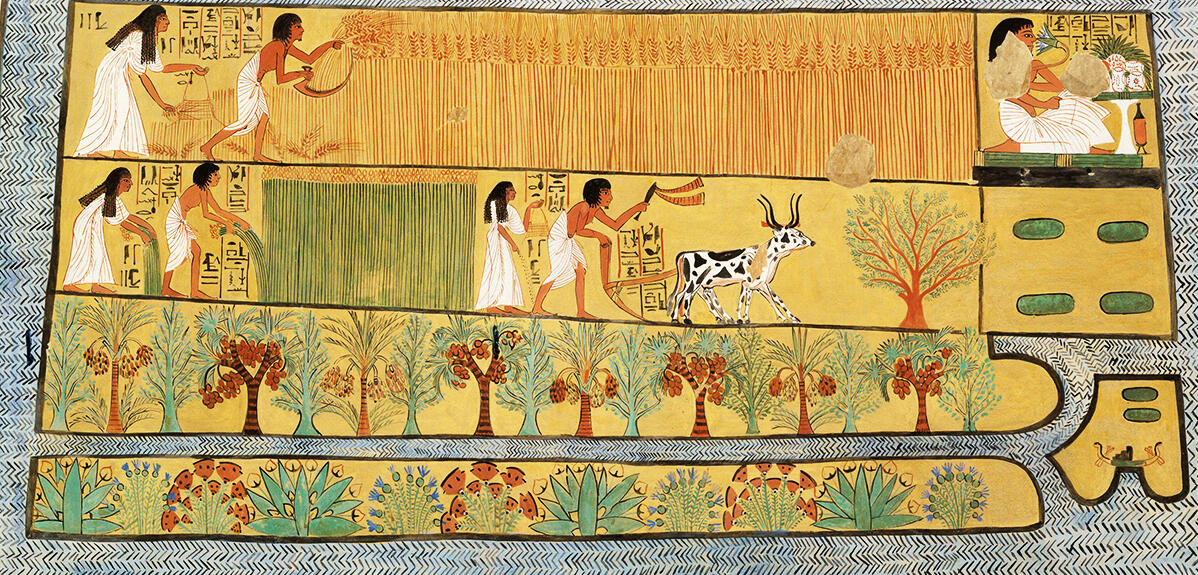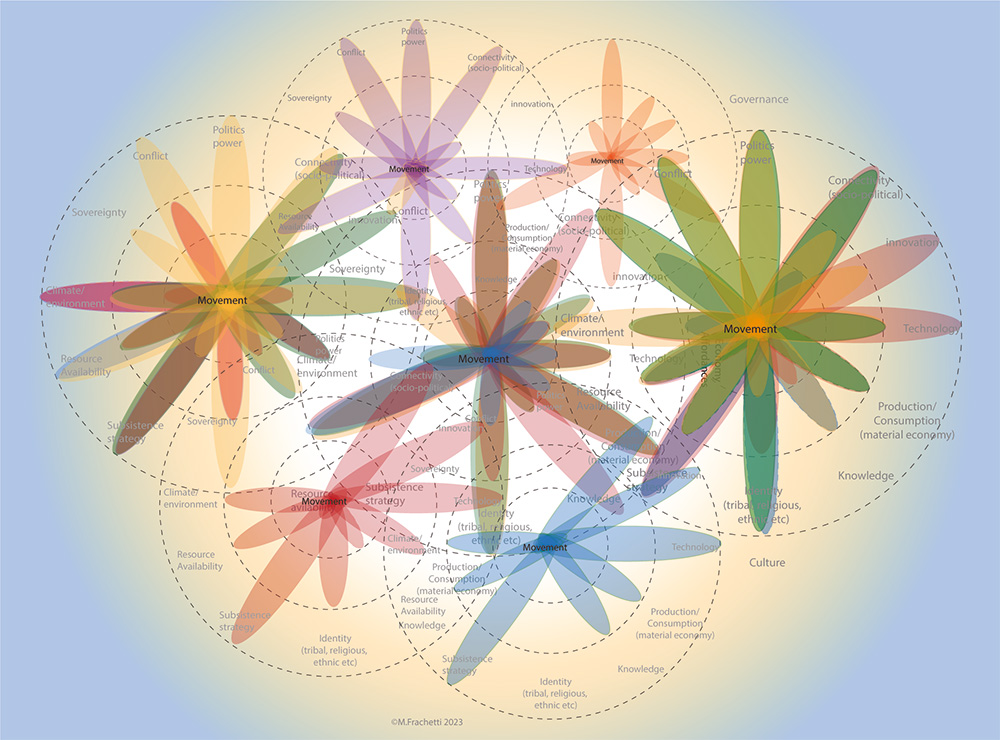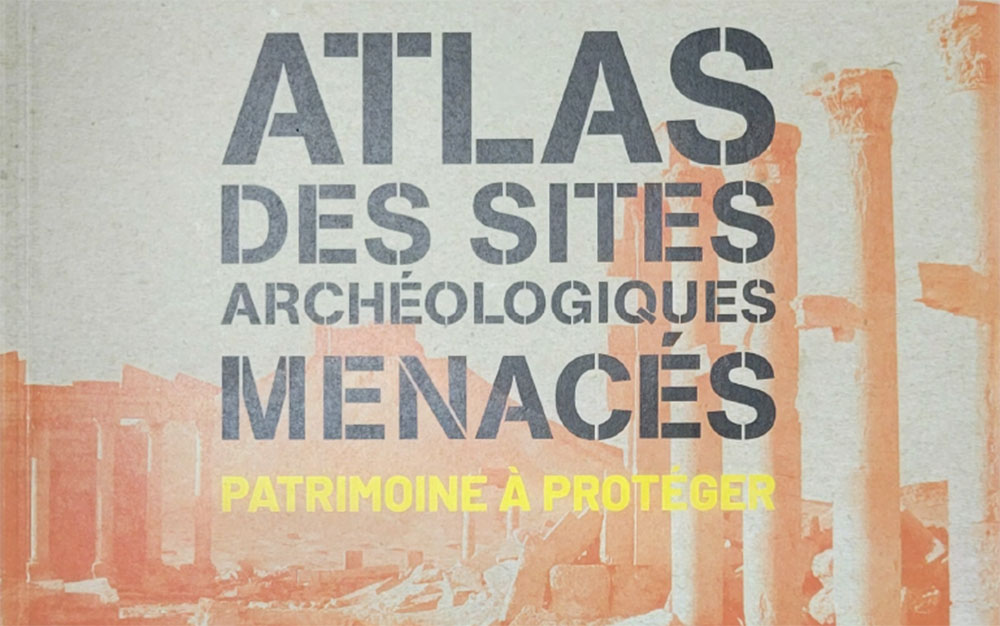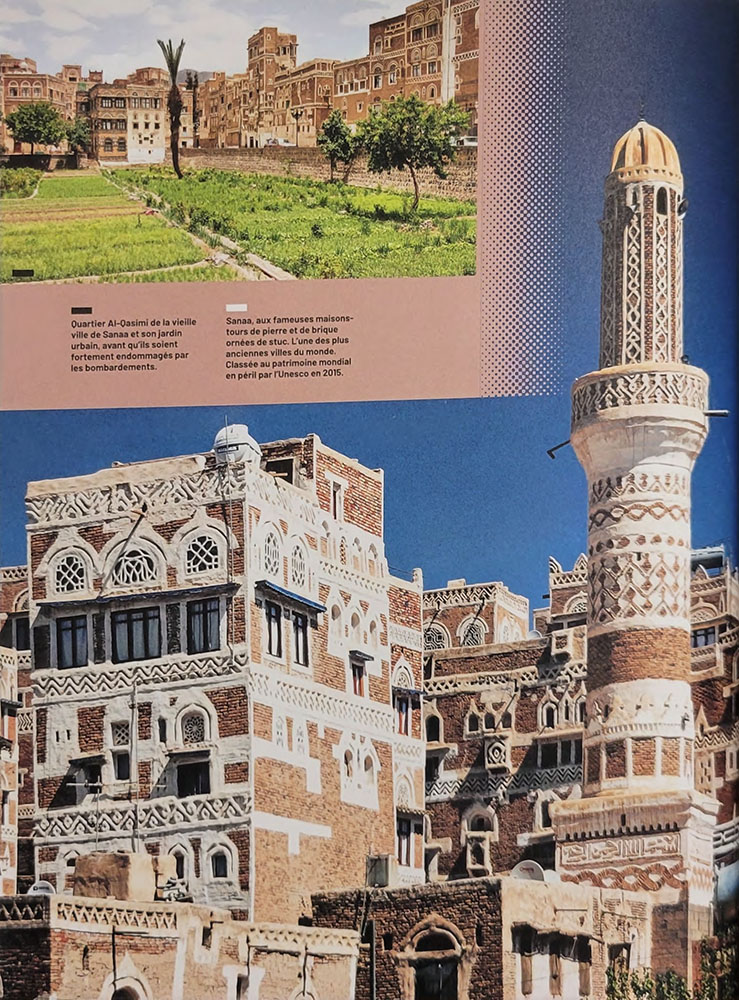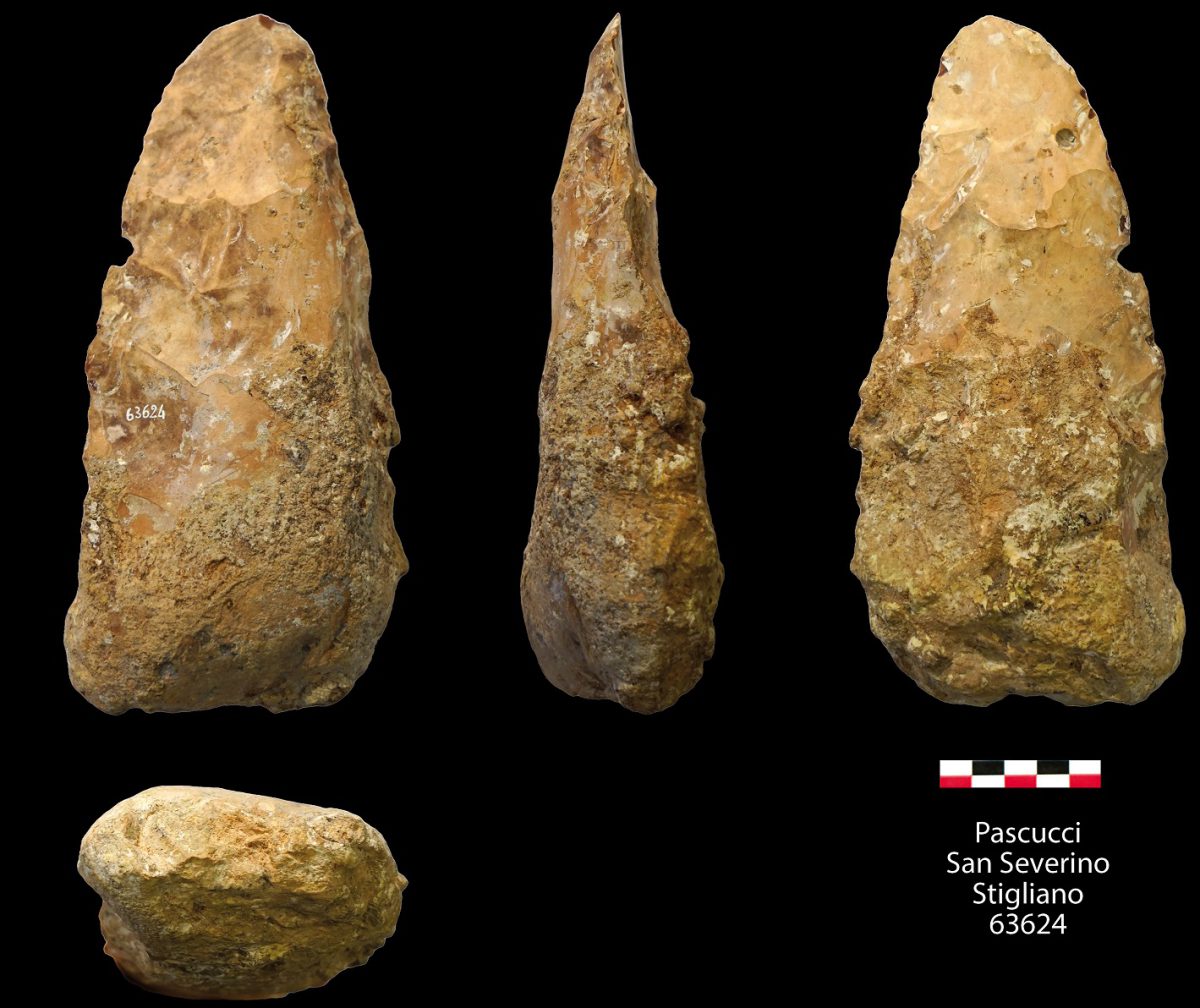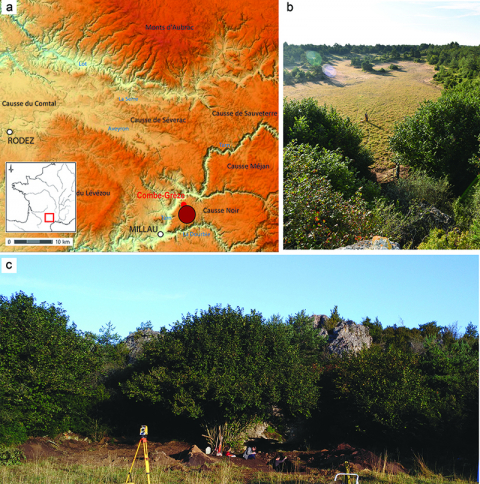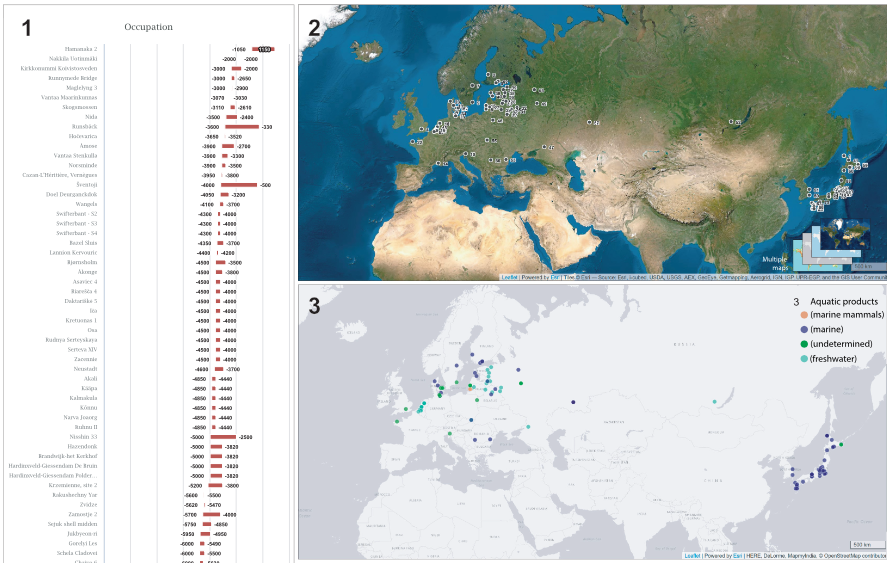Source :
https://www.science.org/doi/10.1126/sciadv.adj3142
https://source.wustl.edu/2023/11/new-tool-to-enable-exploration-of-human-environment-interactions/
Un nouvel outil pour explorer les interactions humains-environnements
Un dispositif universel permettra une collaboration transdisciplinaire à l’échelle mondiale
Stimulée par la crise climatique actuelle, la communauté scientifique s’est intéressée ces dernières années à la manière dont les variations climatiques passées ont contribué aux migrations historiques de l’homme et à d’autres comportements humains.
Un groupe international de scientifiques (archéologues Michael Frachetti et Lamya Khalidi), historiens Nicola Di Cosmo, Eleanora Rohland et Franz Mauelshagen), climatologues (Ulf Buntgen et Jan Esper), volcanologues (Clive Oppenheimer) et autres) appelle à renforcer l’engagement en faveur d’une collaboration transdisciplinaire pour étudier les interactions passées et présentes entre les humains et les environnements, ce qui, selon eux, nous permettra de mieux comprendre ces histoires complexes et entremêlés. Leurs recommandations ont été publiées le 22 novembre dans Science Advances.
Pour ce faire, le groupe a introduit un nouvel outil, le « dahliagramme », qui permet aux chercheurs d’analyser et de visualiser un large éventail de connaissances quantitatives et qualitatives provenant de diverses sources disciplinaires et épistémologiques.
« Soutenus par des données à plus haute résolution concernant les climats passés, les changements environnementaux sont de plus en plus considérés comme un facteur crucial dans les débats concernant les changements sociaux, politiques et économiques – et le comportement humain en général – à travers le temps et l’espace », a déclaré Michael Frachetti, professeur d’archéologie à la faculté des arts et des sciences de l’université de Washington à St. Louis et auteur principal de l’article.
« Pourtant, les tentatives interdisciplinaires de croiser des données provenant de l’histoire, de la science du climat, de l’archéologie et de l’écologie pour modéliser les interactions sociales et environnementales du passé se heurtent à des unités de mesure et à des degrés d’incertitude mal adaptés. »
Le dahliagramme tente de surmonter ces difficultés en créant un langage universel et visuel permettant une collaboration interdisciplinaire. En outre, il permet aux chercheurs de comprimer de grandes quantités de données en un modèle unique, facile à interpréter.
Nommés d’après la fleur de dahlia dont les pétales s’épanouissent en réseaux concentriques, les « pétales » du dahliagramme illustrent l’impact relatif des différents facteurs d’attraction et de répulsion qui contribuent au comportement humain au fil du temps. Par exemple, les pétales peuvent représenter le climat et l’environnement, les conflits, la politique et le pouvoir, la technologie et la disponibilité des ressources. Mais il ne s’agit là que d’exemples. L’un des avantages de l’outil est qu’il est entièrement personnalisable pour répondre aux besoins de chaque étude.
Selon M. Frachetti, l’outil est destiné à stimuler la réflexion conceptuelle et à promouvoir l’engagement critique, le dialogue et le débat. Il accueille des données provenant de domaines de recherche tels que l’histoire ou l’archéologie, qui ne sont pas facilement quantifiables en tant que facteurs permettant de comprendre des comportements tels que la migration. Il demande à l’utilisateur d’aller au-delà de la simple causalité et de prendre en compte l’intersection unique des conditions sociales, économiques, politiques et environnementales pour chaque cas.
L’outil permet non seulement une compréhension plus nuancée de données complexes, mais il peut également servir de « vérification instinctive », c’est-à-dire de moyen de tester vos hypothèses et vos suppositions », a déclaré M. Frachetti.


